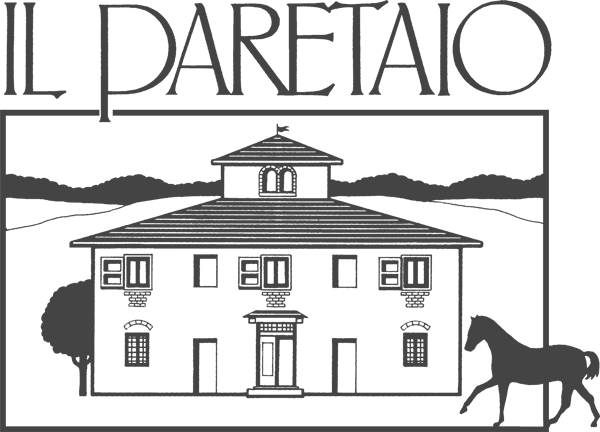Good transitions will make your horse remain balanced and stay in the same frame with his head, neck shoulders and back. It is important that the horse reacts to the aid as soon as you deliver it. In order to achieve good transitions you need a very good balanced seat and this is why you should never forget that a good seat is the key of good equitation.
Poor transitions between the gaits will affect your horse's natural paces, as well as looking uncomfortable for both horse and rider. Establishing a transition that drives your horse effortlessly through the gears requires strength and control. Practising transitions will encourage harmony from one gait to another, as well as helping his balance and improving his self carriage. Wether you're making an upward or downward transition, a bad one will display any weakness in your partnership and, ultimately, cost you valuable marks in a dressage test.
What happens when you make bad transitions?
In an upward transition, when your horse is getting it wrong he'll...
- rush or speed up in the pace without changing gait
- loose his balance
- become heavy in the mouth
- lean onto the forehand .respond slowly to your aids
- leap from one pace to the next
- fall to one side
In a downward transition, when he's getting it wrong he'll...
- collapse rather than carry himself forward
- loose his self-carriage
- feel off-balance
- resist or drop the contact
- lose momentum




